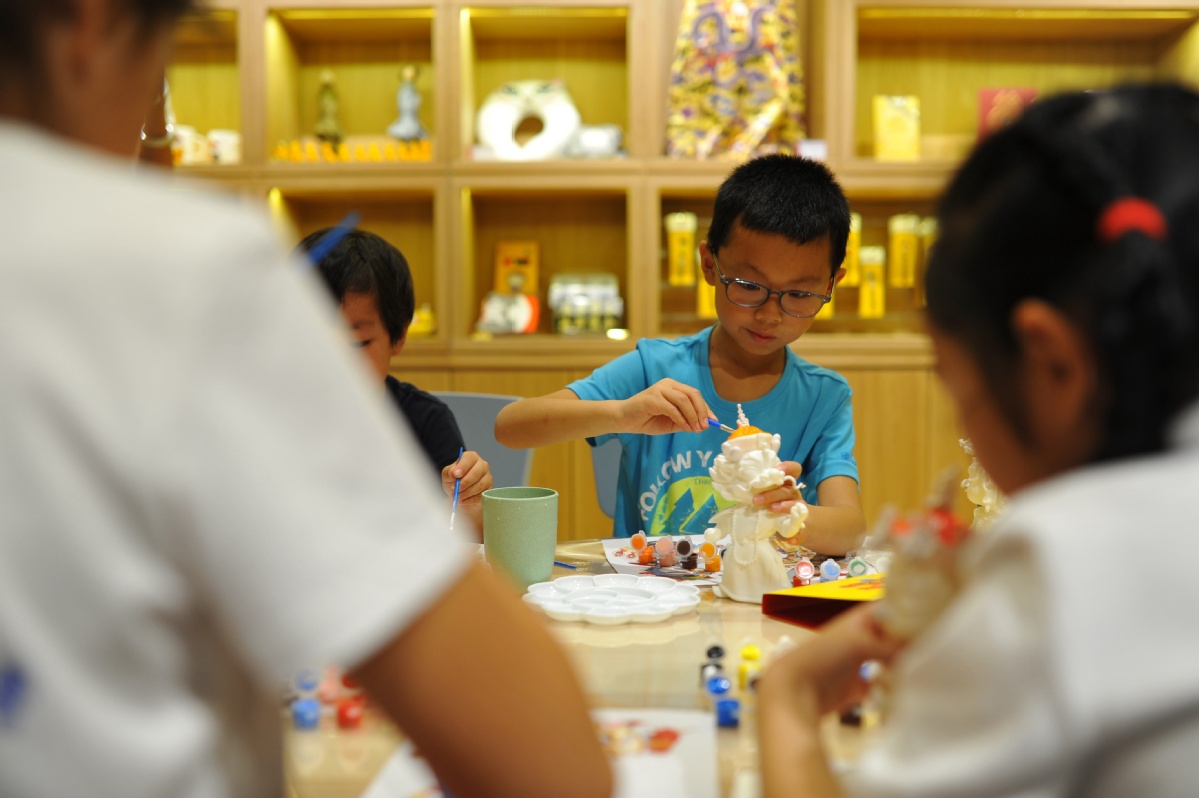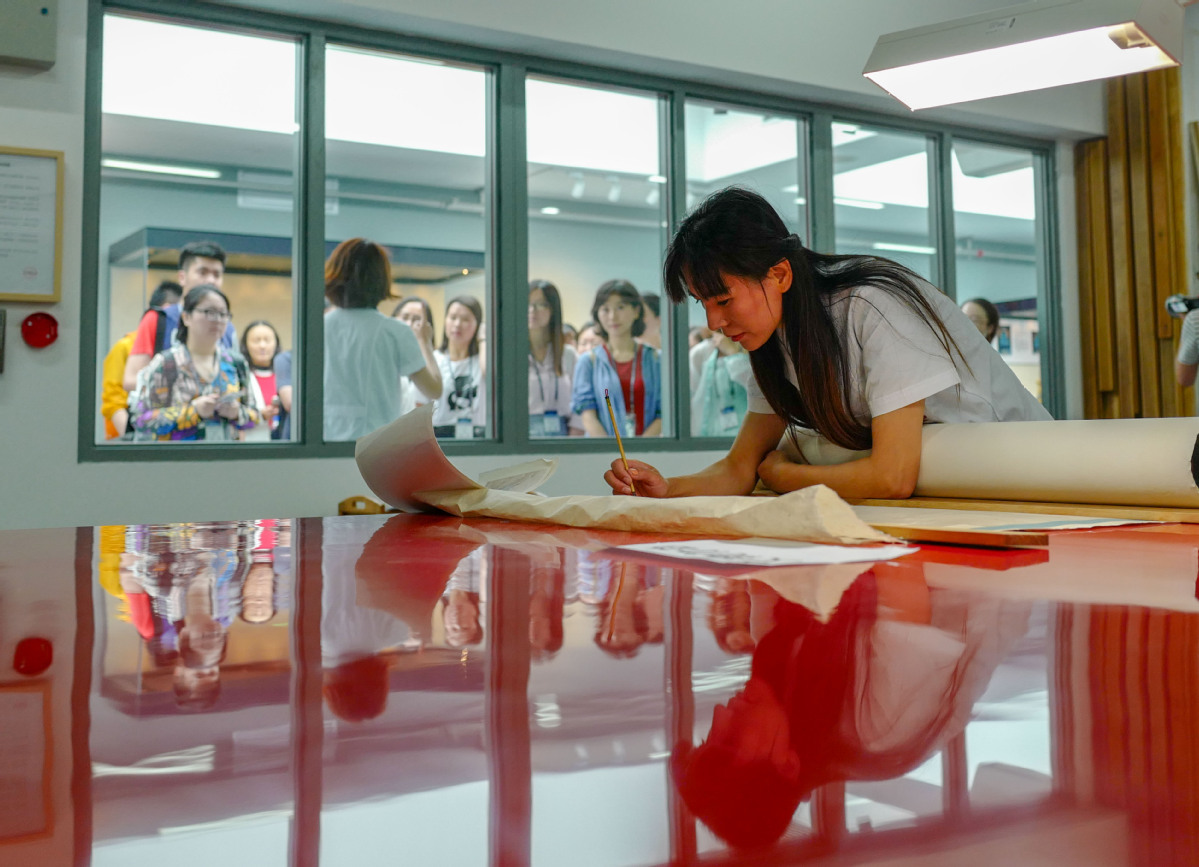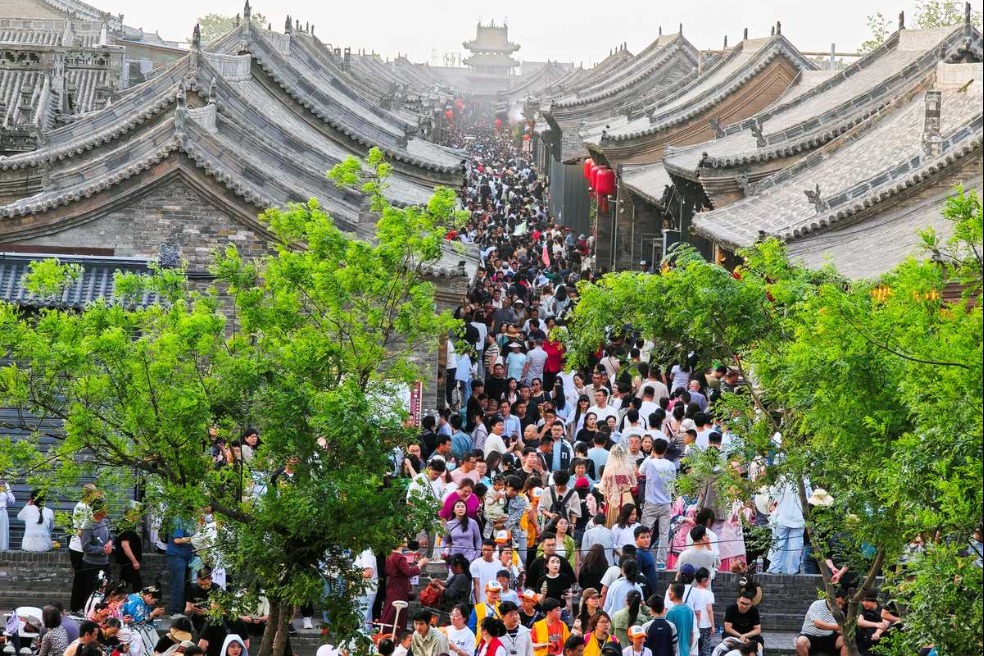From Forbidden City to people's museum,?Palace?Museum?witnesses?changing?China


Attracting the youth
On the Palace Museum's online store on Taobao, China's largest e-commerce platform, the formidable emperors in history are given a cute and humorous spin. Products bearing their images and elements sell like hot cakes with tens of thousands of positive customer reviews.
The museum now boasts more than 10,000 cultural products ranging from paintings and power banks to lipsticks.
The popularity also goes offline. In the Corner Tower Cafe outside the museum's Gate of Divine Prowess, the "Kangxi Emperor's Favorite Chocolate," the most popular drink, always has people lining up to get a taste.
"There was a long queue last time I came, so I had to give up," said Beijing resident Xu Jing, who managed to nab a cup on her second visit to the cafe.

About 40 percent of the museum's total visitors last year were under the age of 30, and 24 percent were in their 30s.
After the screening of the "Masters in the Forbidden City," a 2016 documentary series about the museum's relics restoration teams, these technicians have become pop cultural icons and the museum received over 10,000 job applications.
As a child, Xu Jing often rode bicycles on the square in front of the Meridian Gate, the museum's front gate.
"I had little memory of the museum behind the gate then, but now I feel an urge to visit it after watching several popular variety shows about the museum on TV," she said.
- From muggles to birders, quiet hobby finds its wings
- Two-way tourism between China, Europe gathers pace over May holiday
- Nanjing Massacre survivor Liu Guixiang dies
- Macao's resident deposits rise in March
- Taiwan youth seek their career in Chinese mainland
- Xi urges youth to contribute to Chinese modernization





































